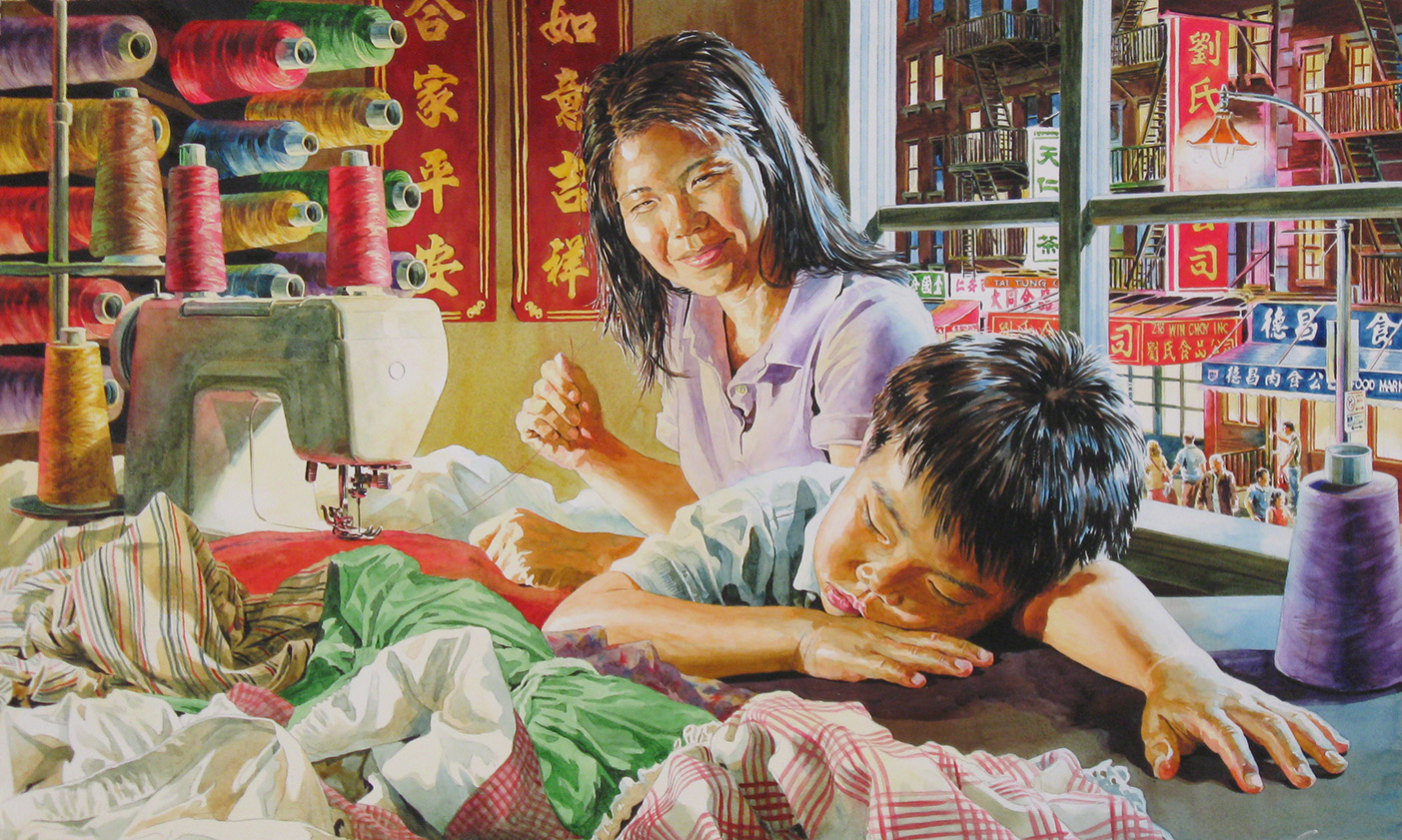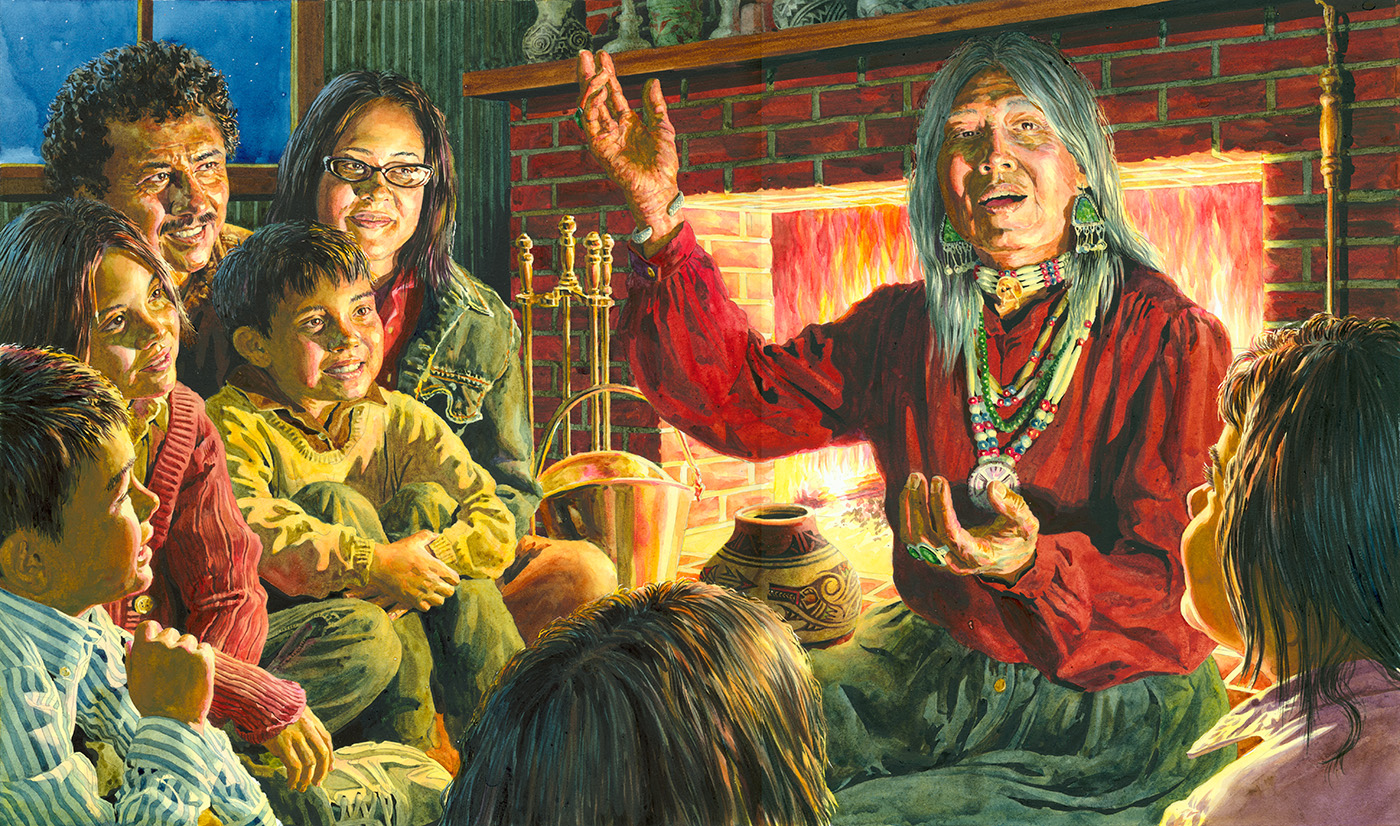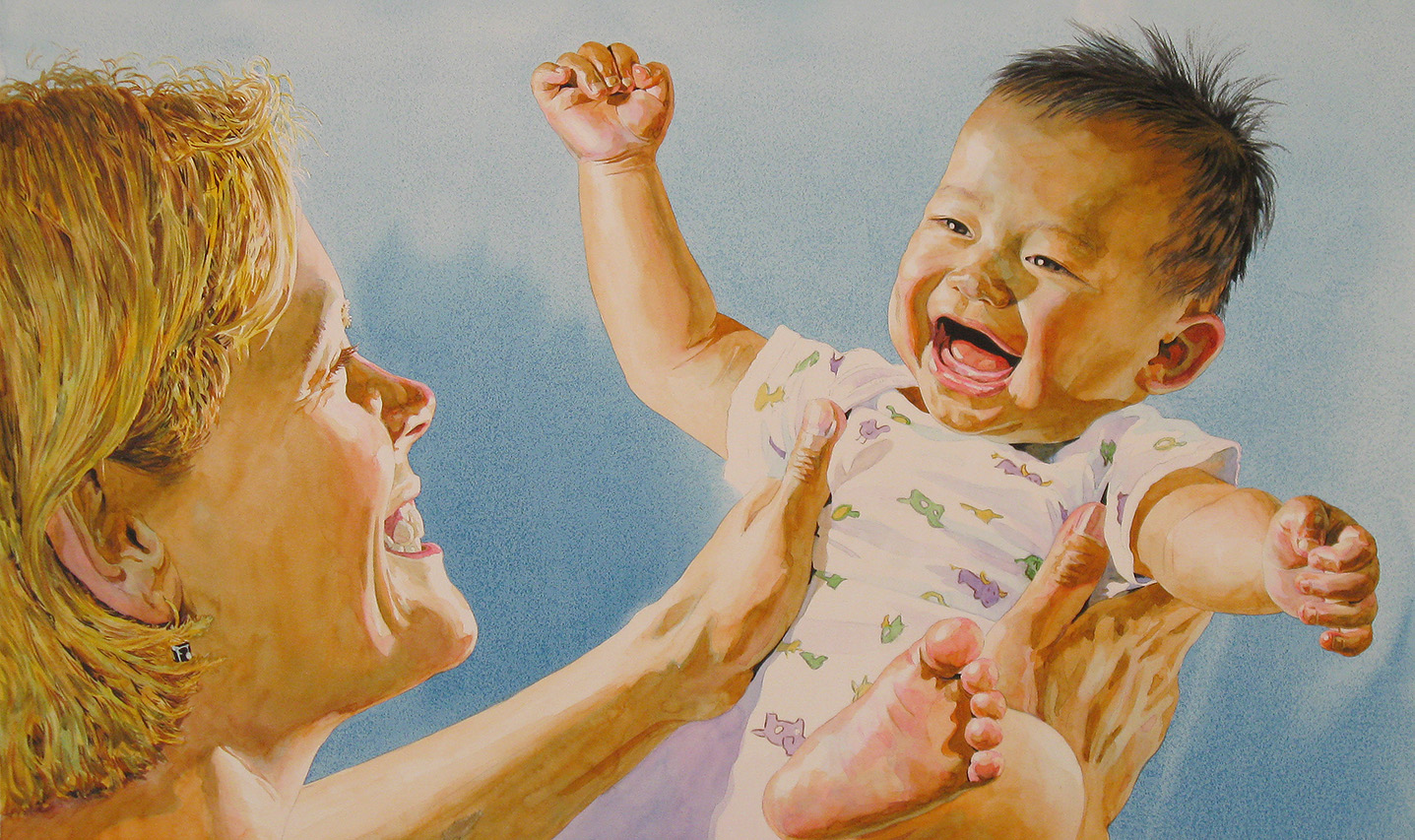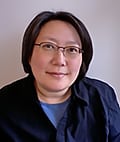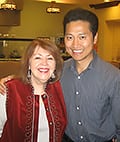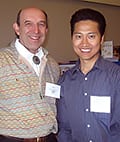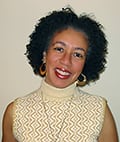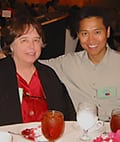Amazing Faces is a new poetry anthology celebrating the faces all around us and the universal feelings we all share. Here, Lee Bennett Hopkins, the poet who gathered these poems, and Chris Soentpiet, the painter who illustrated them, share their thoughts on poetry, diversity, and the challenges and rewards of creating Amazing Faces.
Q: Lee, can you tell us a little about your inspiration for Amazing Faces, and how you selected poems for this anthology?
Lee Bennett Hopkins: I want to show children of all ages, all races, that all faces show similar emotions—happiness, joy, sadness, surprise, empathy.
To do such a collection I looked at hundreds of published poems. In Amazing Faces I only reprinted two selections. Nine works were written especially for this collection; five were written for me, published in articles or books I have edited. I feel it is important to bring to readers—children and adults—new works rather than poems that have been over-anthologized—to bring freshness to a book. The one exception, “My People” by Langston Hughes, was added because Hughes’ work is timeless, universal.
Q: When you create an anthology, do you start with a theme and then pick poems, or do you begin with a poem and then build a theme around it?
Lee Bennett Hopkins: I always begin with a theme. The challenge is to find and/or commission poets to fulfill it.
Q: This book feels like a tribute to Americans—did you intend for Amazing Faces to be a patriotic book?
Lee Bennett Hopkins: More than a patriotic book, I wanted to show life as it is today… living in a pluralistic society, sharing similar everyday lifestyles yet holding on to traditions.
Q: Chris, is it different to illustrate an anthology as opposed to a book by a single author?
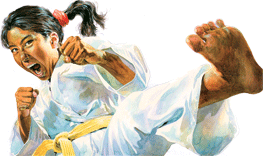
Chris Soentpiet: Yes, most books that I have worked on are picture books written by one author and it usually follows one or two main characters throughout the entire story. In an anthology a single page must contain its own story with a beginning, a middle, and an end. Therefore I only have one painting to tell that entire story. Whereas in a picture book I have 16 paintings to tell a story.
What were some of the challenges in creating Amazing Faces?
Lee Bennett Hopkins: My only challenge is to create a book that offers the best poetry. How lucky I am to have many of America’s top poets willing to write for me. To be able to write or pick up the phone to ask master-writers such as Joseph Bruchac, J. Patrick Lewis, Pat Mora to contribute to a project is mind-boggling. Rebecca Kai Dotlich set the tone to the volume with her wondrous opening poem, “Amazing Face.” Once that was set in place I was off and running.
Chris Soentpiet: First and foremost, I do a lot of researching. Since there are lots of different nationalities in this book, I had to make sure the trinkets and jewelry match what the characters would wear. I had to make sure the Native-American grandmother wears costume jewelry that reflects her heritage but at the same time was trying not to “stereotype” the look. Subsequently, I attended two powwows to learn about the Native Americans.
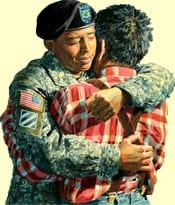
I also had to research language and writing styles of different ethnic groups. In the Chinatown scene, I had to make sure the Chinese characters were drawn accurately thereby to reflect the store’s business. In the “Me x 2/Yo x 2” scene, the menu that appears on the window needed to be correctly written in Spanish. Small details are very crucial to guarantee authenticity in my illustrations.
In addition, there are uniform codes that I had to be aware of before painting. For example, in the scene where the young man returns from the war, I had to make sure the insignia which is pinned to his flash and appears on his beret identifies his correct army unit. On the right arm you will find an American flag patch in reverse, with the correct unit patch where the solider was deployed. On the left arm (without the flag) is the unit where the soldier is currently assigned. With so many different patches to identify the unit, I focused on the 3rd infantry because they were deployed to Iraq three separate times. I chose the Iraq war because it will give the illustrations an up-to-date feel.
Not all army patches and crest insignia are the same for every soldier. Upon returning home, when a soldier is among civilians, they must wear their beret. However, when a solider is on base they must switch over to a patrol cap. I have interviewed 5 different Army sergeants at army recruiting offices in New York City and Omaha. Again, these small details are very crucial to guarantee authenticity in my illustrations.
Q: Chris, how do you create such lifelike illustrations? How long does it take?
Chris Soentpiet: First, I research my paintings by a variety of methods including studying people, wherever I go and checking out books at the library.
Then, I make thumbnail sketches, about three by five inches and review these sketches with the publisher. At this point we want to get a general idea and the feel of the book.
Next, I gather models, props and costumes and then take pictures of the models in my studio. I have to thank all my models especially in this book. This book by far contained the most models I’ve ever used in one single book — more than sixty models.
After that, I sketch large final pencil sketches, which are about twenty percent bigger than the final book size. This part of the process takes about three to four months.
Once finished, I review [the sketches] with the publisher for approval. And once approved, I re-sketch the entire drawing onto the watercolor paper using a hard 8H pencil.
Next, I paint with watercolors. Having the photo references next to me allows me to paint realistically. Each painting, depending on the detail, takes about two to four weeks to paint, painting for seven to nine hours a day. The entire painting process for one book takes about seven to ten months.
Q: What was your favorite part of working on this book?
Lee Bennett Hopkins: My favorite part of working on Amazing Faces was the back and forth editorial process, working with master writers to bring about the best work we can. We sometimes argue over words, phrases, we often laugh over a concept. In the end, we have only one goal: to bring the best possible work to our readers. The love we share for one another shows in the incredible work they pen.
Chris Soentpiet: I learned about different ethnicities and their heritage, and how to paint all different types of people. In my past picture books, I usually painted one ethnicity for each book. In Amazing Faces, I had the opportunity to paint many different ethnicities in one book, which was absolutely fun.
Why do you think it’s important for children to read poetry?
Lee Bennett Hopkins: For decades I’ve been asked this question. I’ve been asked it so many times I decided some time ago the best answer would be to respond in verse. So:
WHY POETRY?
Why poetry?
Why?
Why sunsets?
Why trees?
Why birds?
Why seas?
Why you?
Why me?
Why friends?
Why families?
Why laugh?
Why cry?
Why hello?
Why good-bye?
Why poetry?
That’s why!
Chris Soentpiet: Poetry can be a fun way to get kids excited about reading. Children love rhymes and the magical effects of verse. Whenever my son is bored, we recite some playful classic poetry like “Little Bo Peep”, “This Old Man”, “Rub-a-Dub-Dub”, “Twinkle, Twinkle, Little Star,” and “Mary Had a Little Lamb.”
Q: What do you want young readers to take away from Amazing Faces?
Lee Bennett Hopkins: Again, empathy, compassion, a feeling that we are all different yet deep inside we are the same. We all have feelings, we laugh, we cry, we love, we feel, we are an amazing group of people. We have amazing faces . . . yes, we are amazing. Amazing!
Chris Soentpiet: I hope they come away with more appreciation for those who may be physically different from them and learn that all of us are unique and different, which makes each one of us special.
(Reprinted with permission of Curtis Brown Ltd.)



